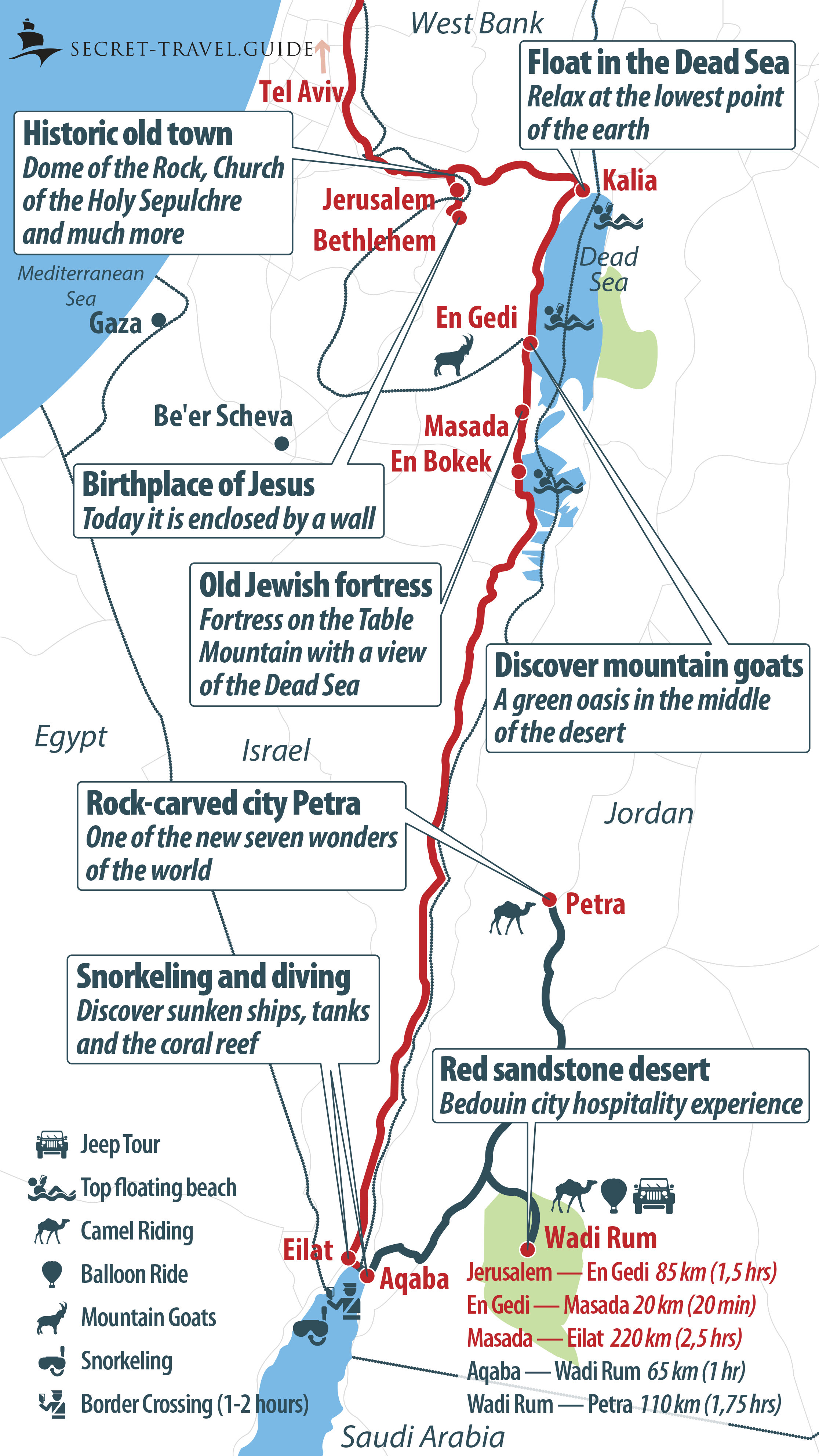Roundtrip to Israel and Palestine
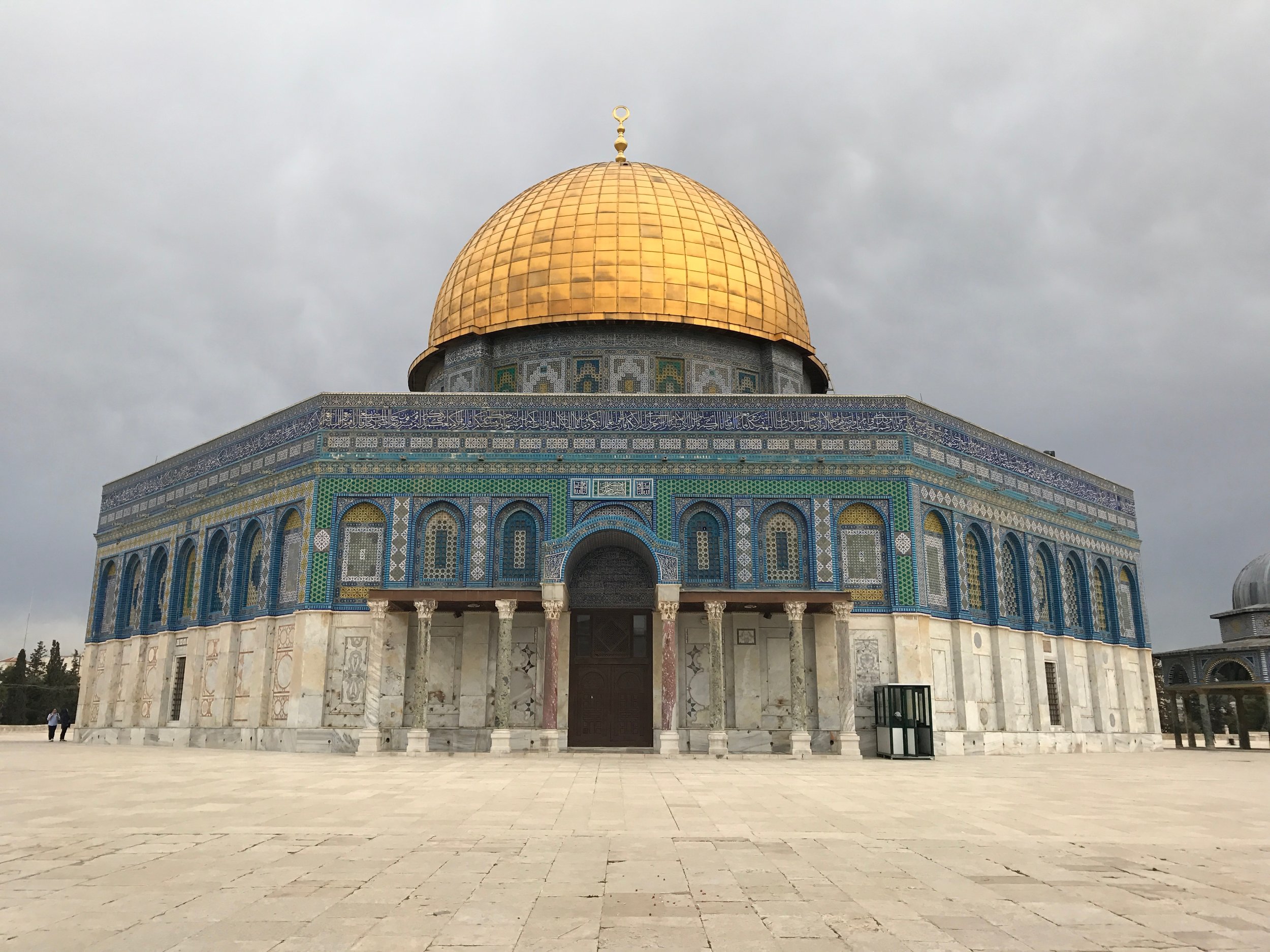
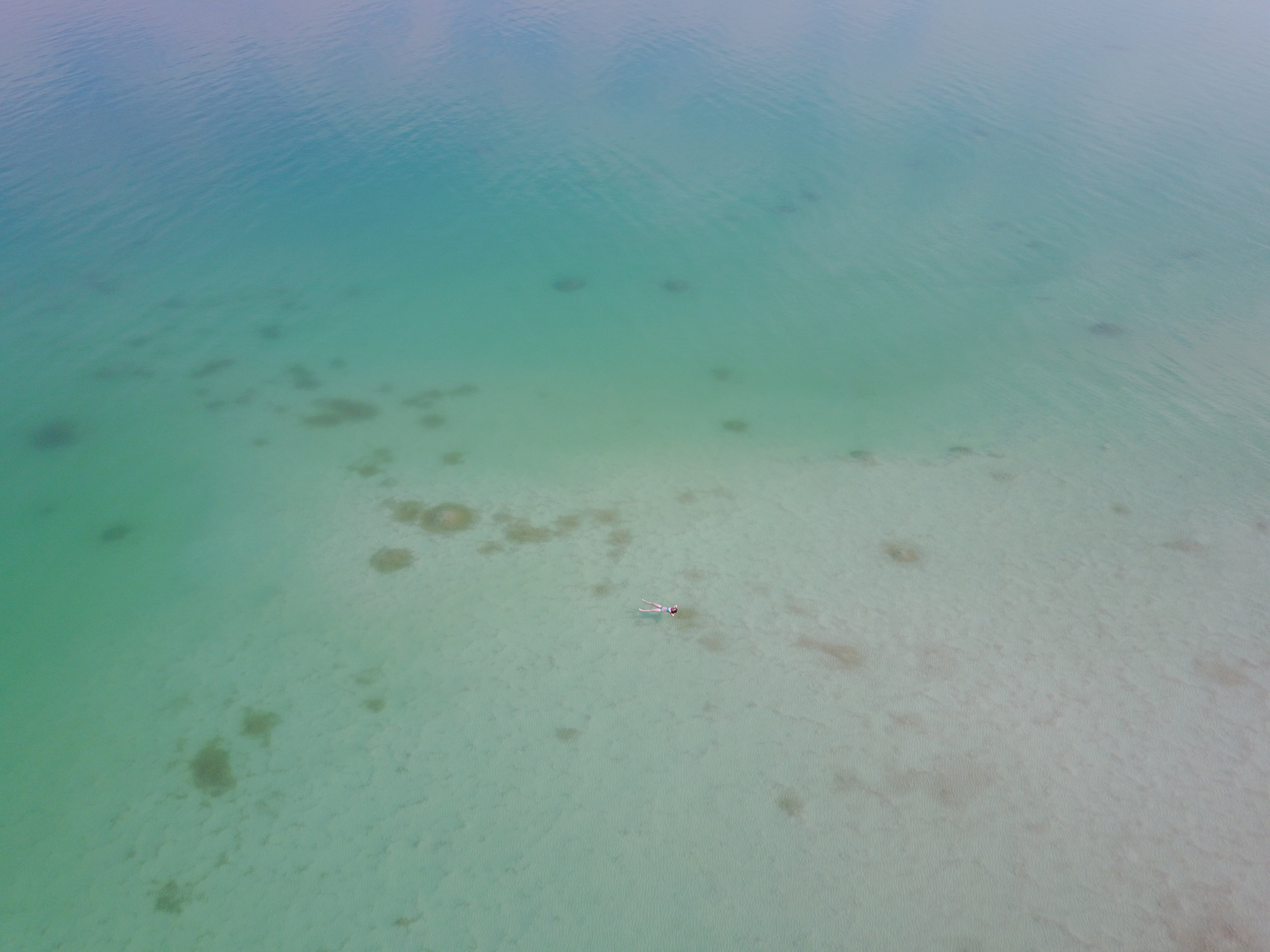

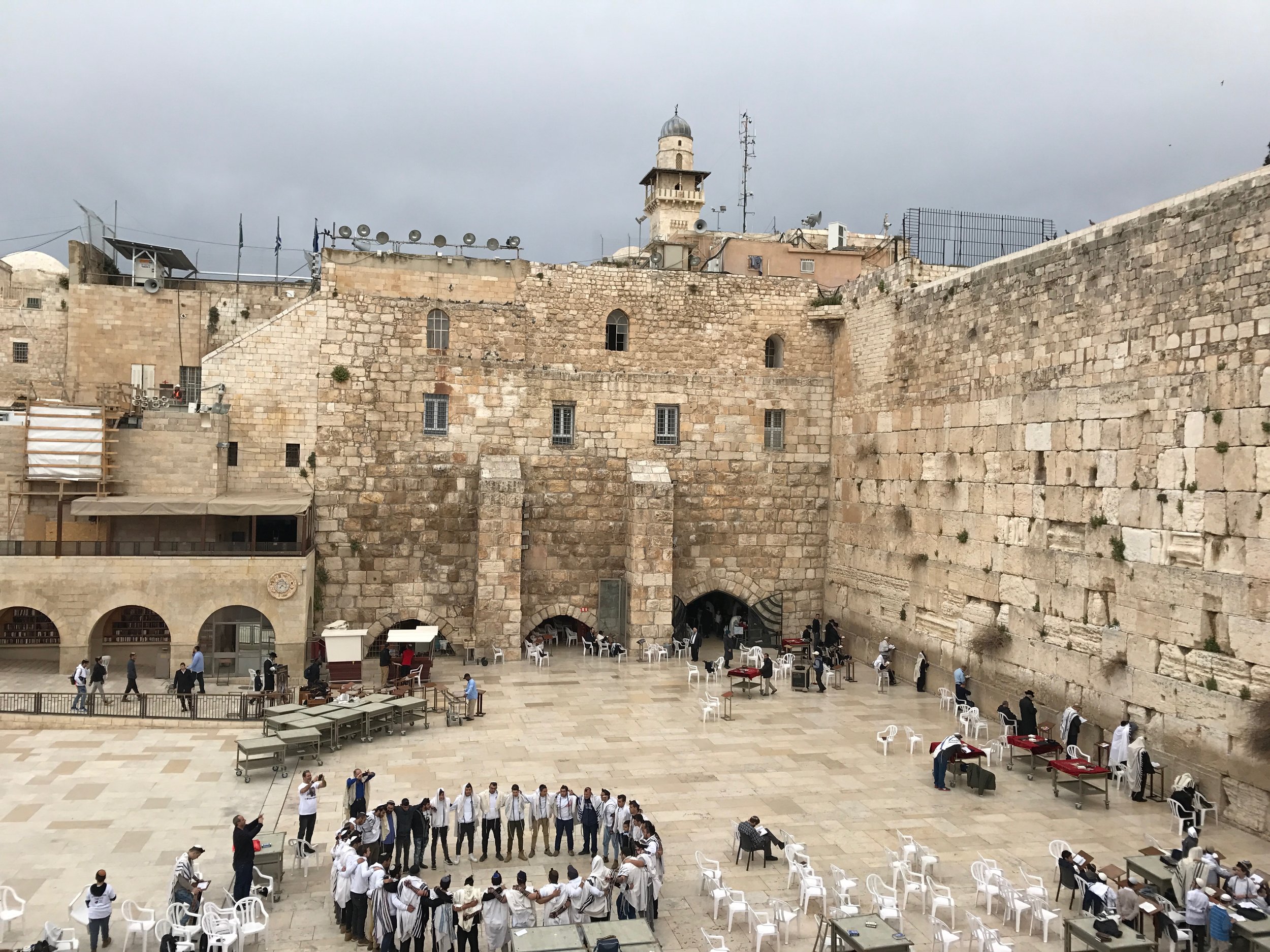
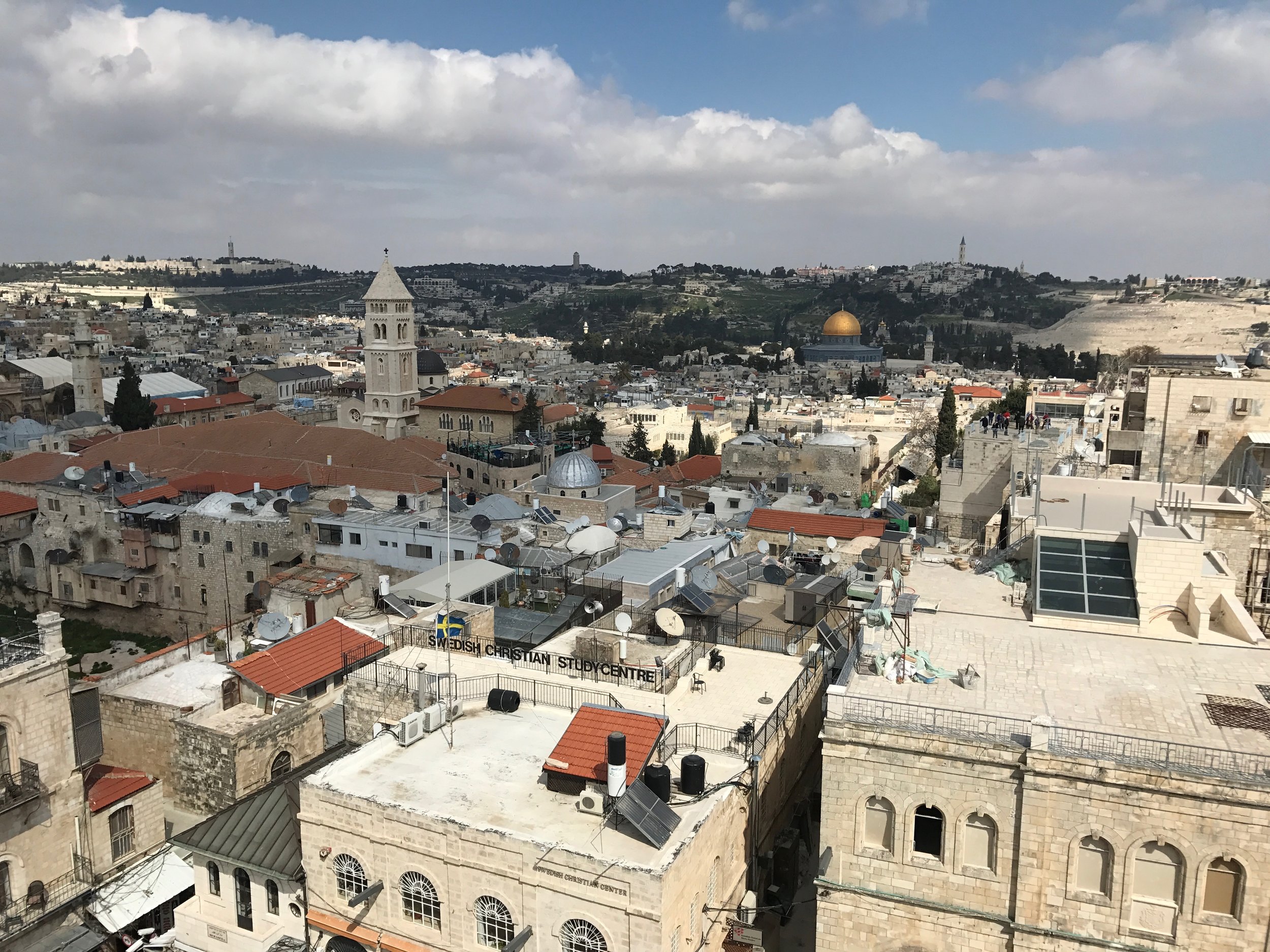
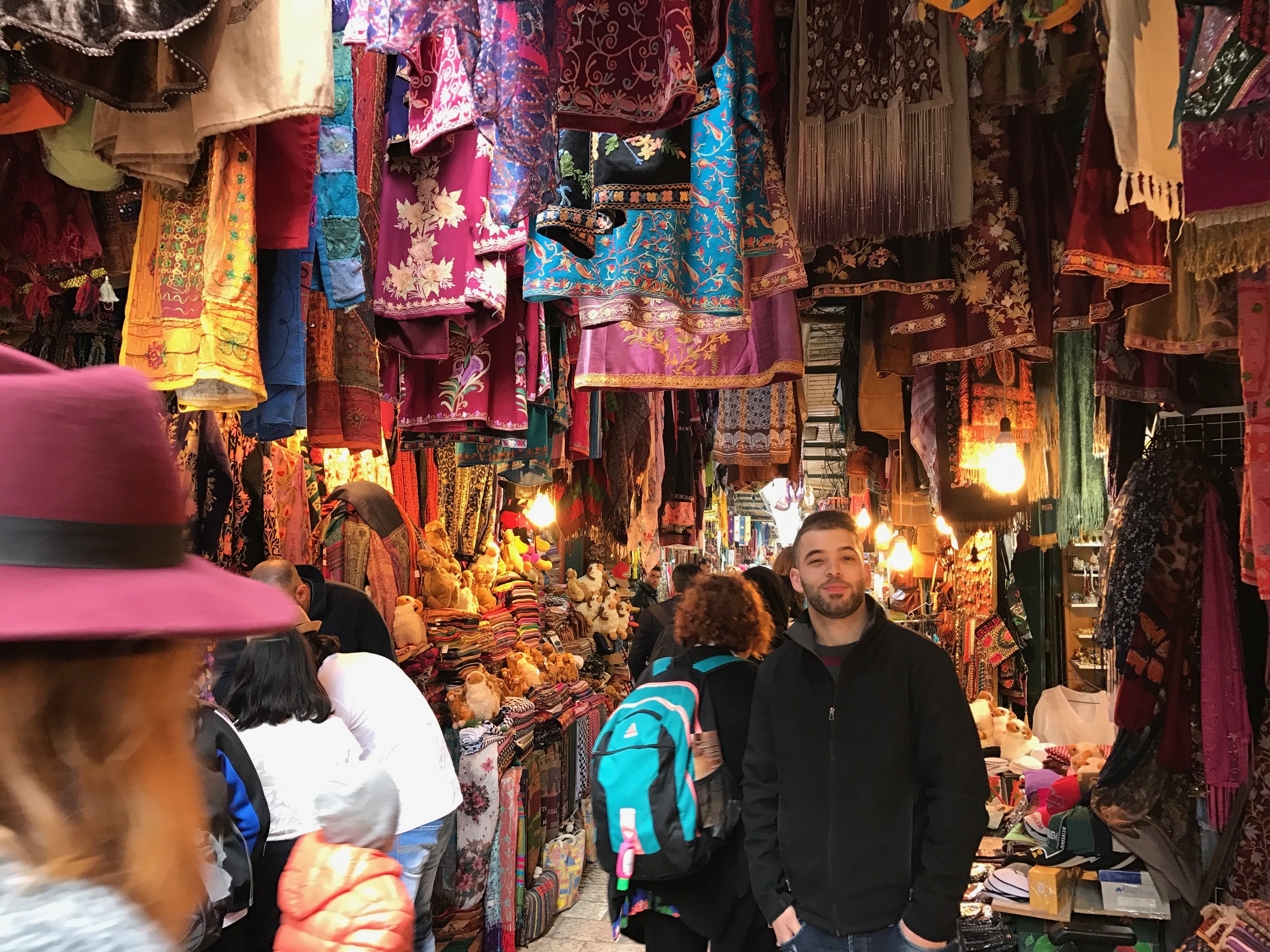
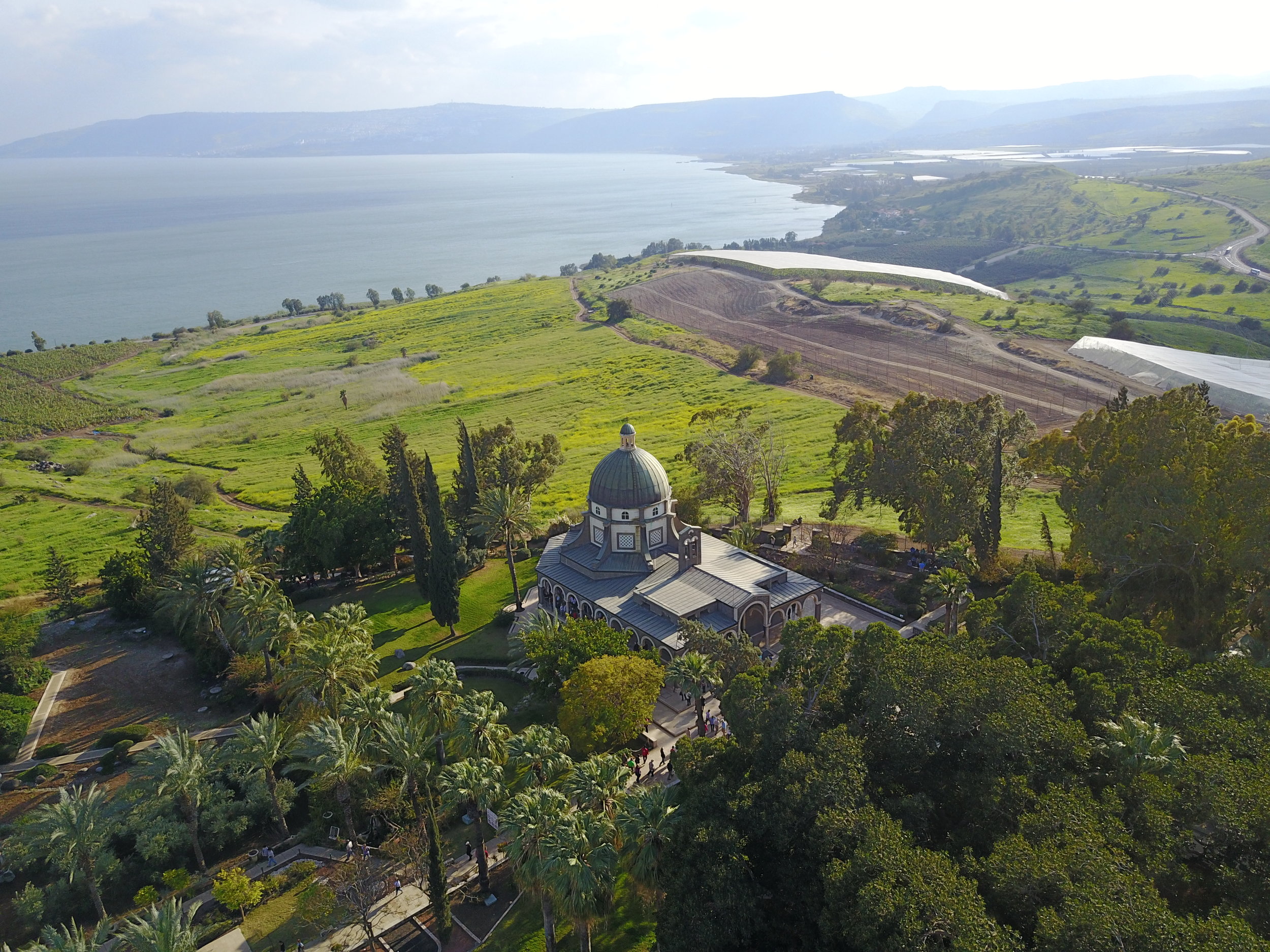
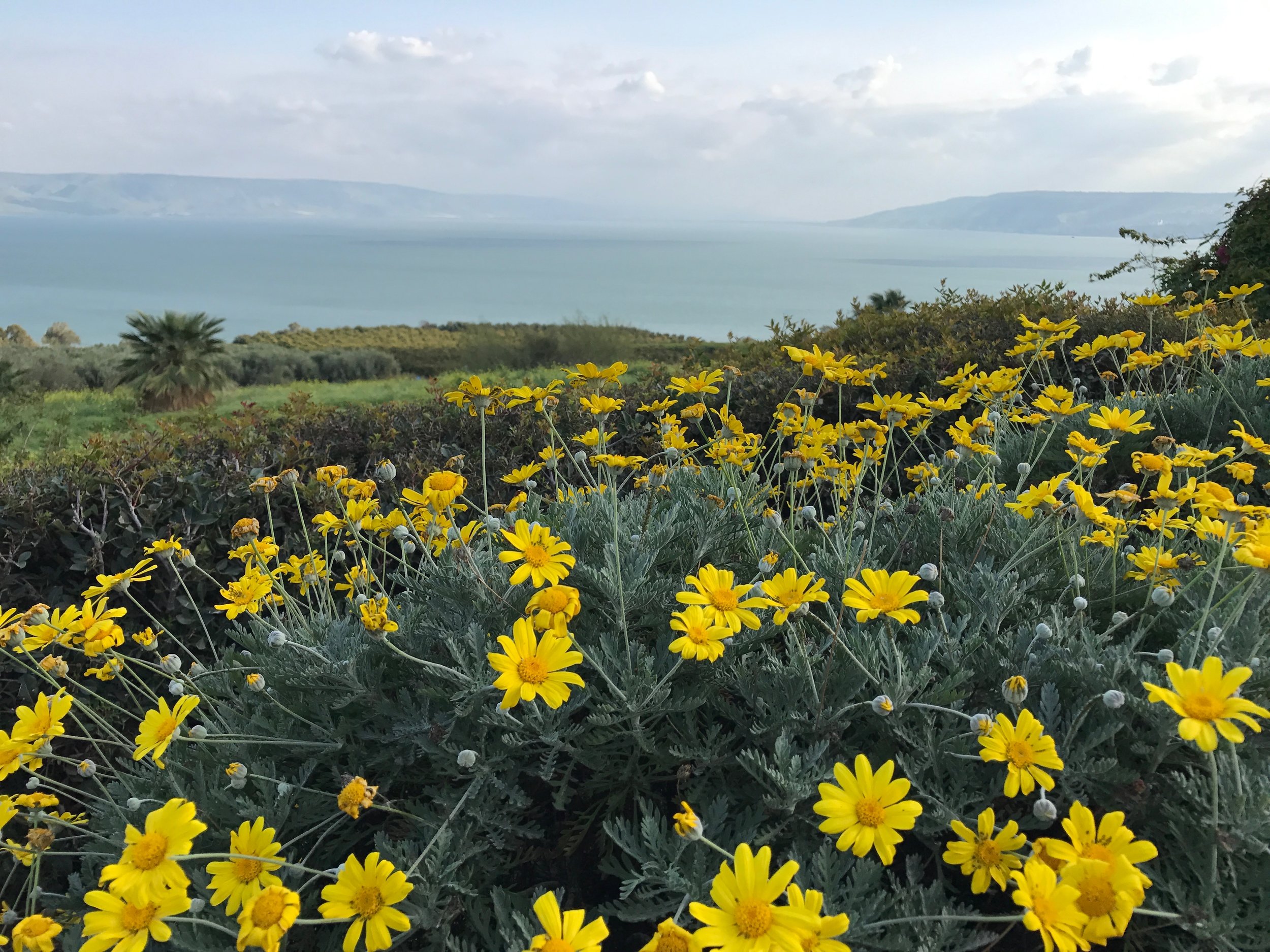
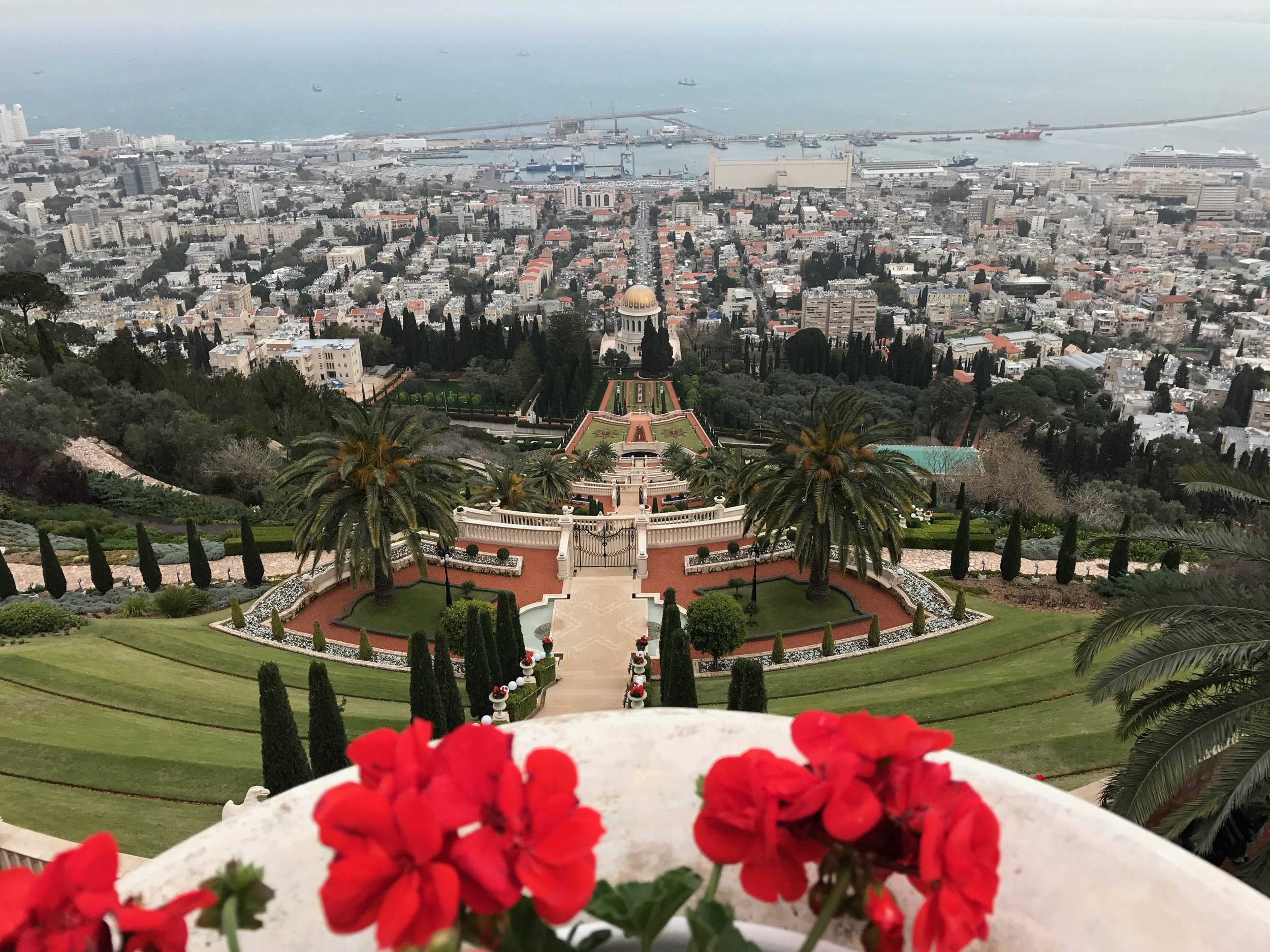
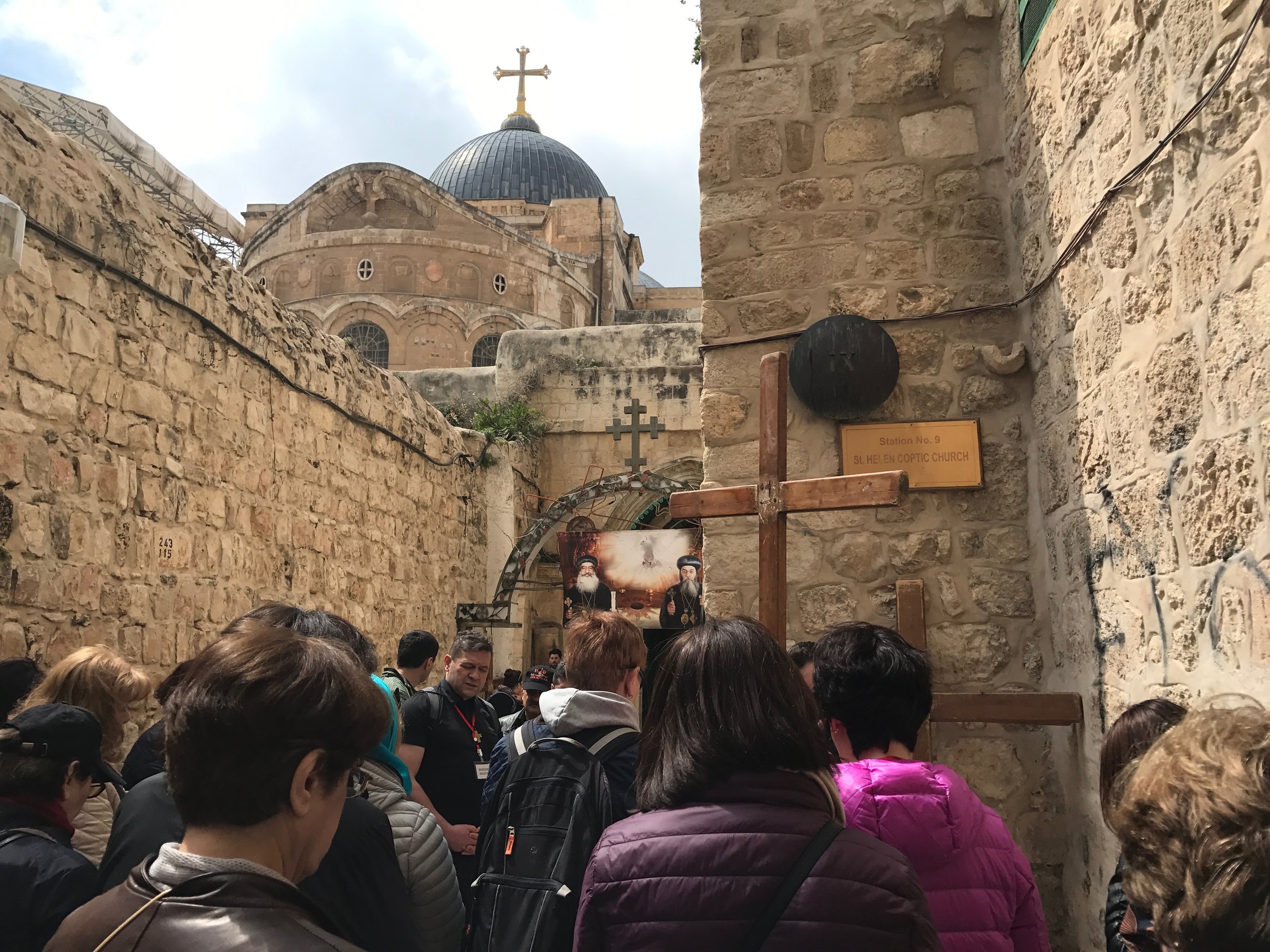
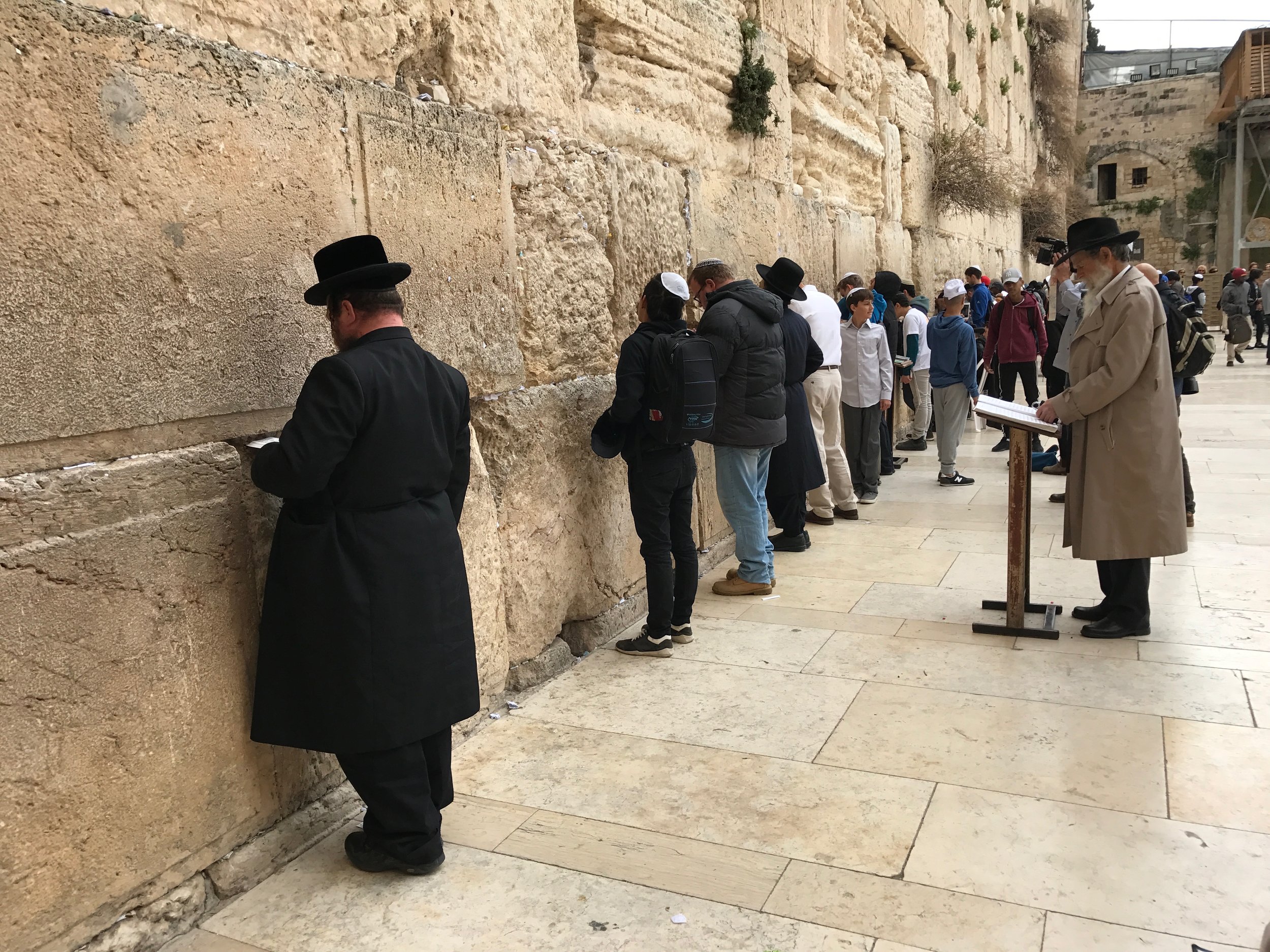
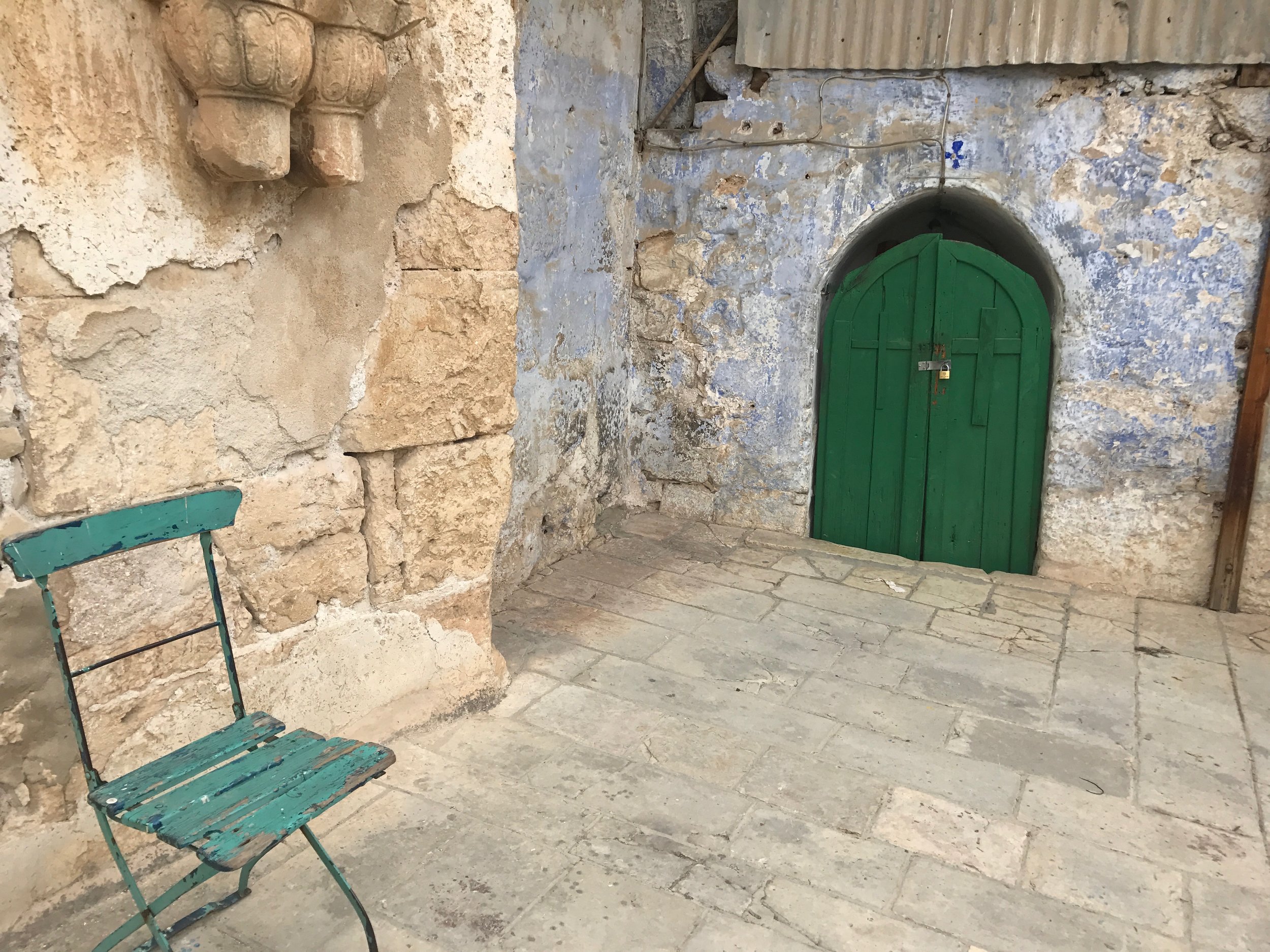
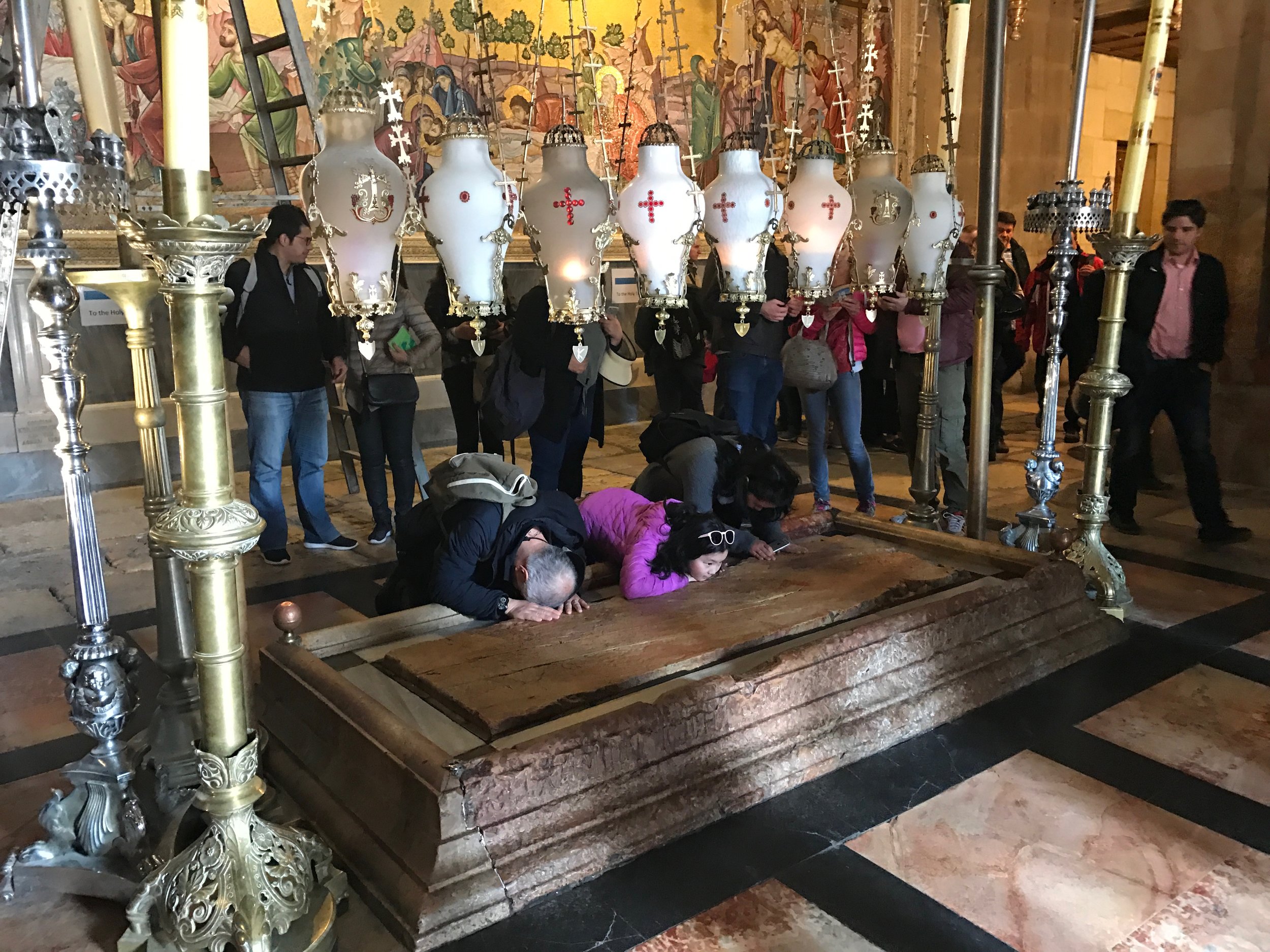
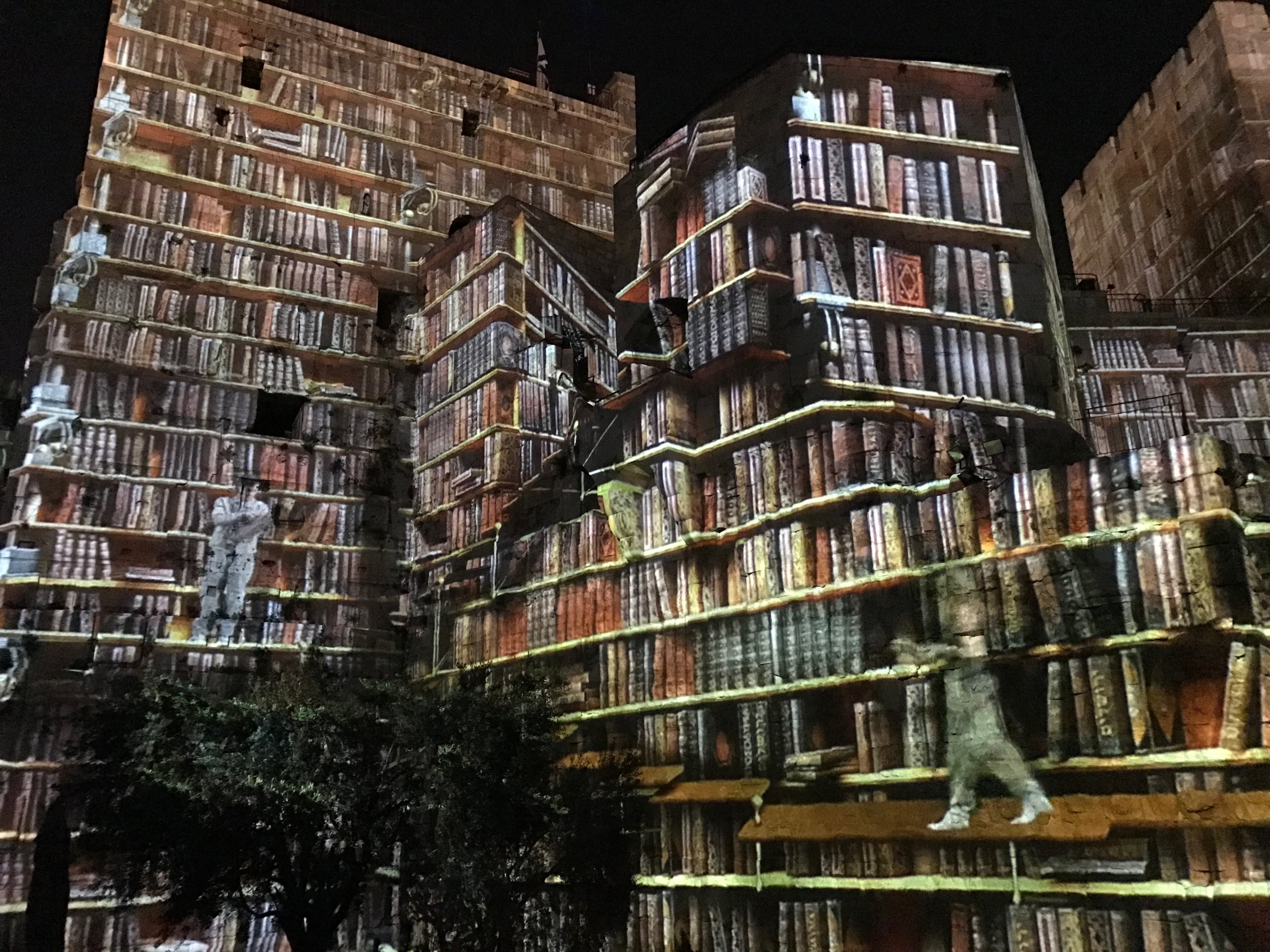
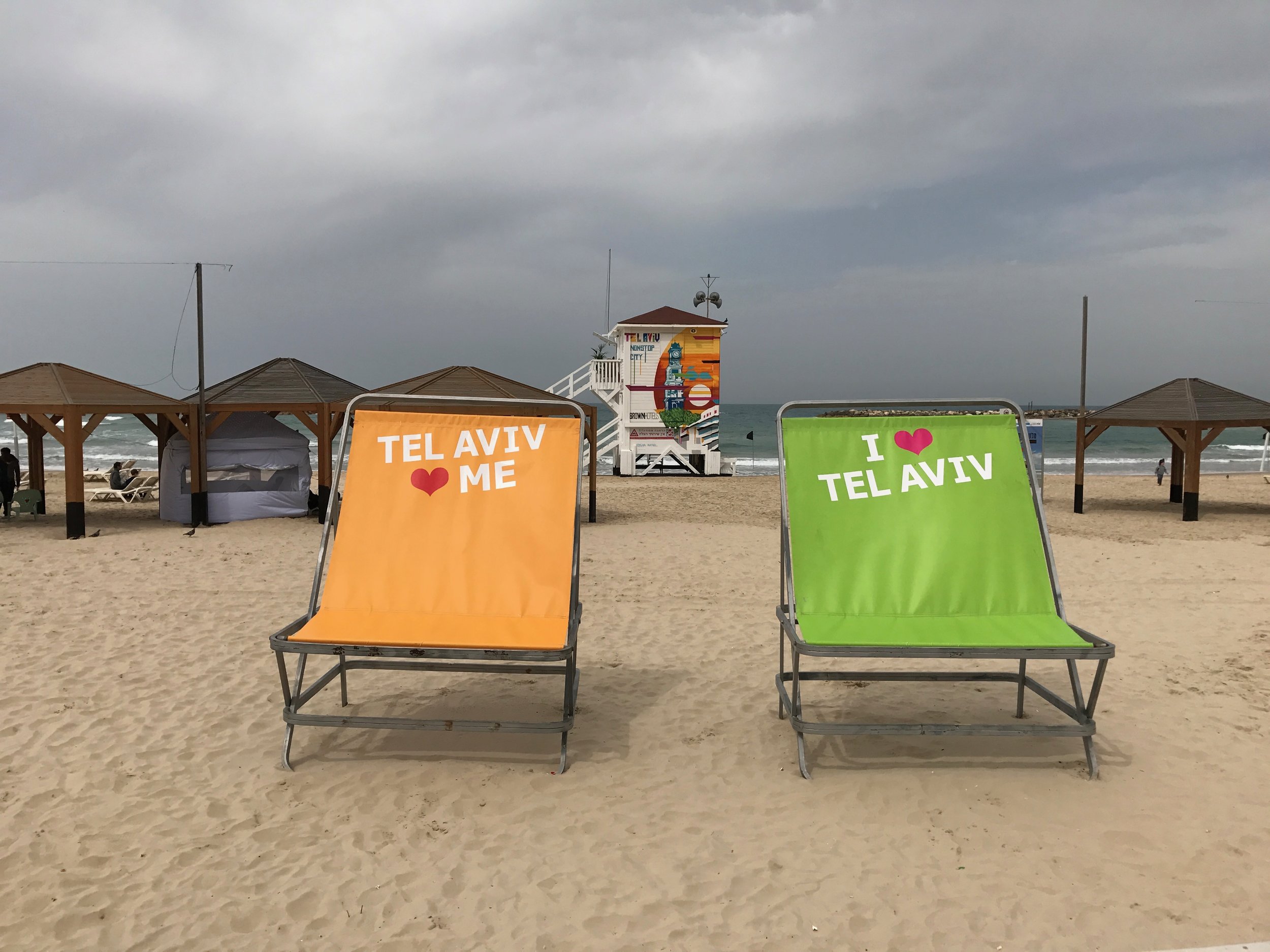

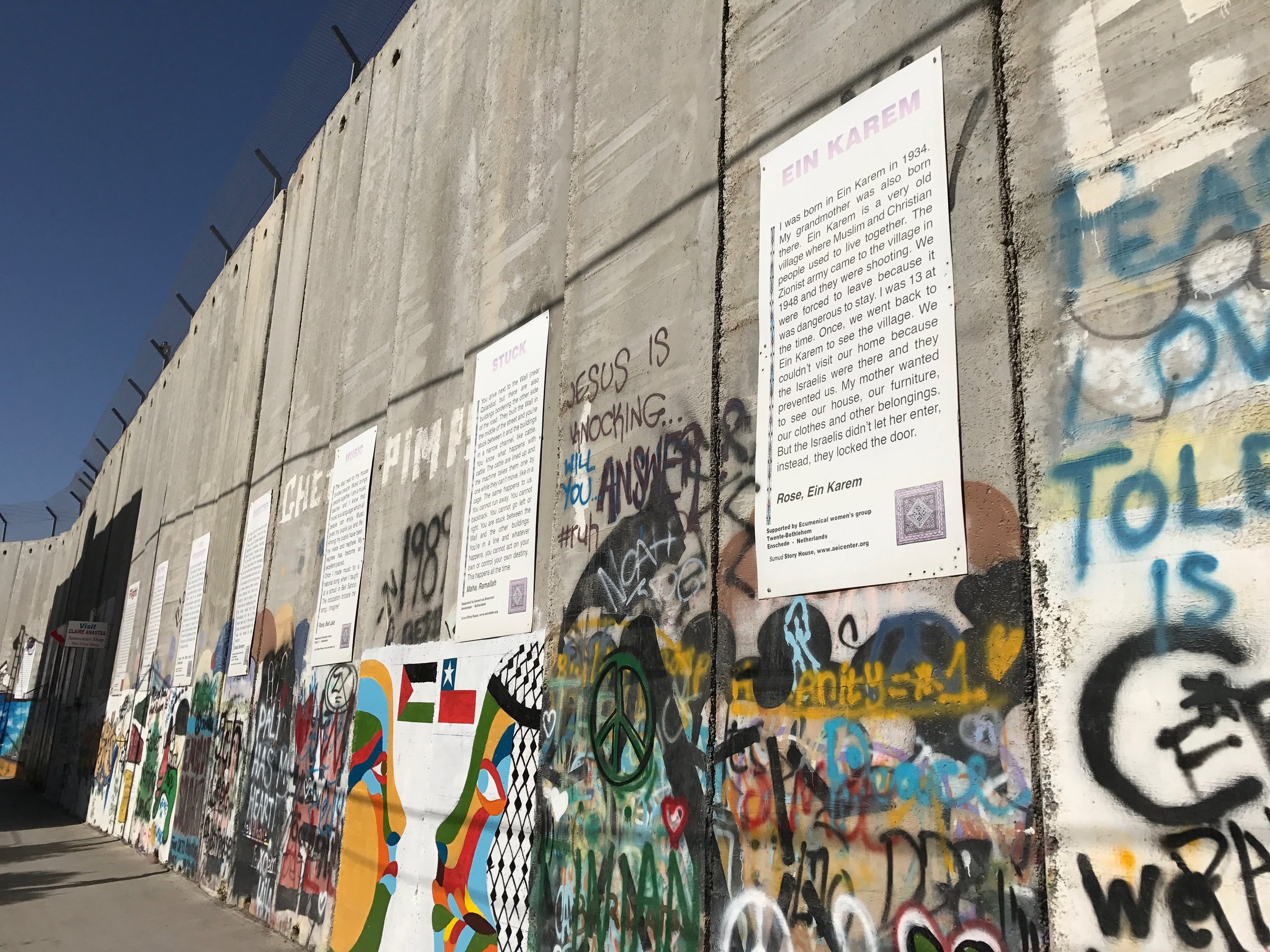
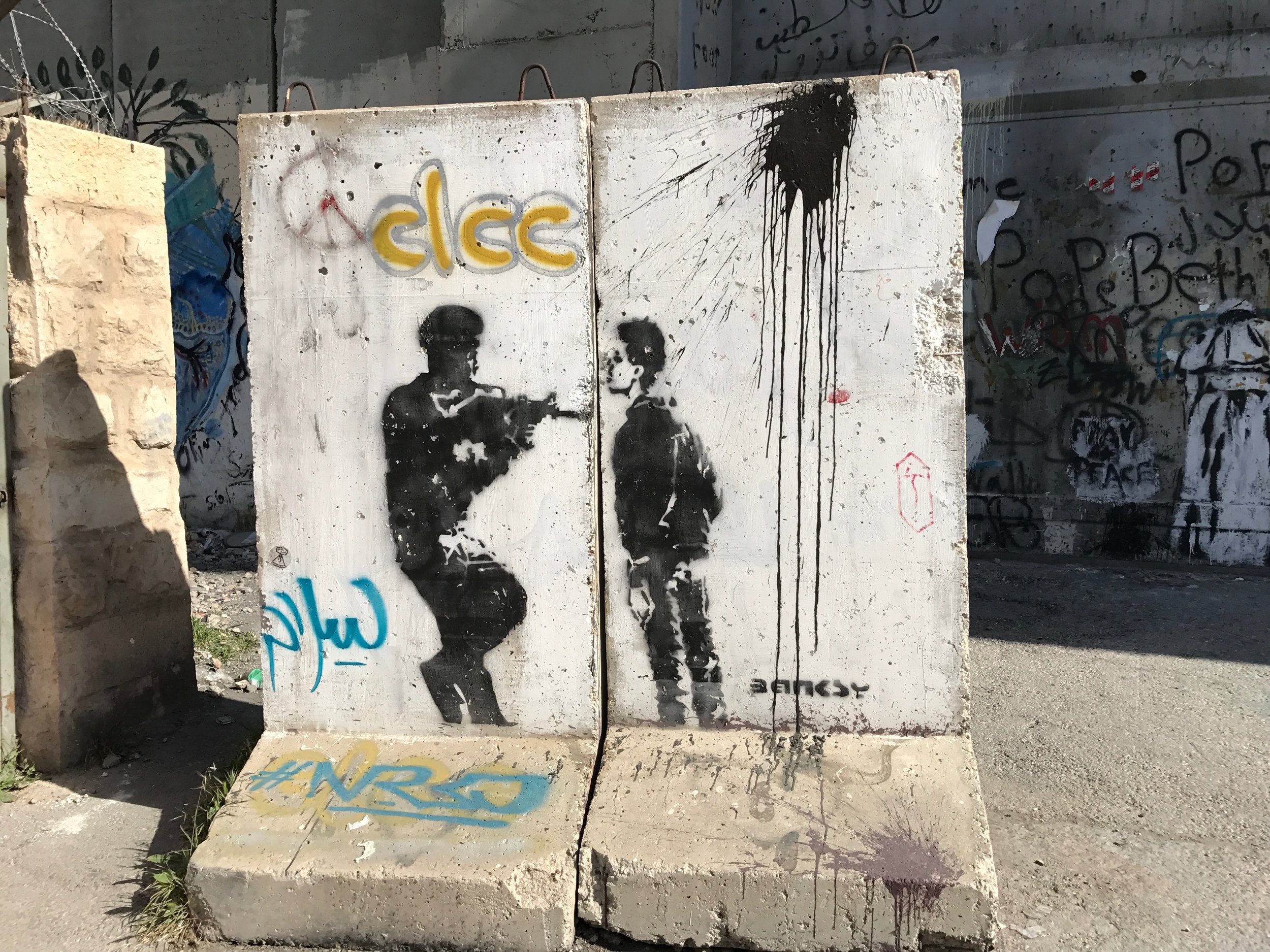
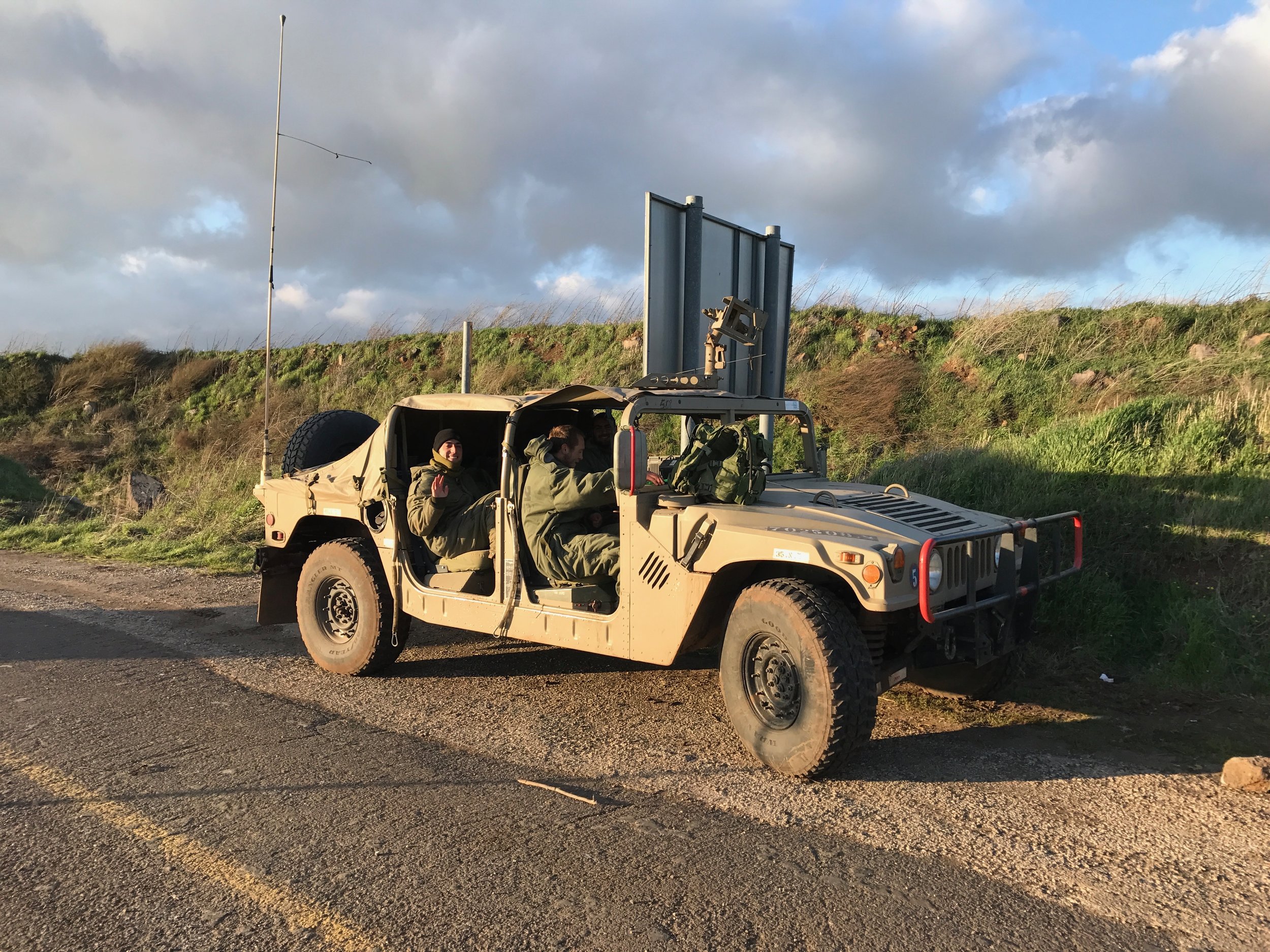
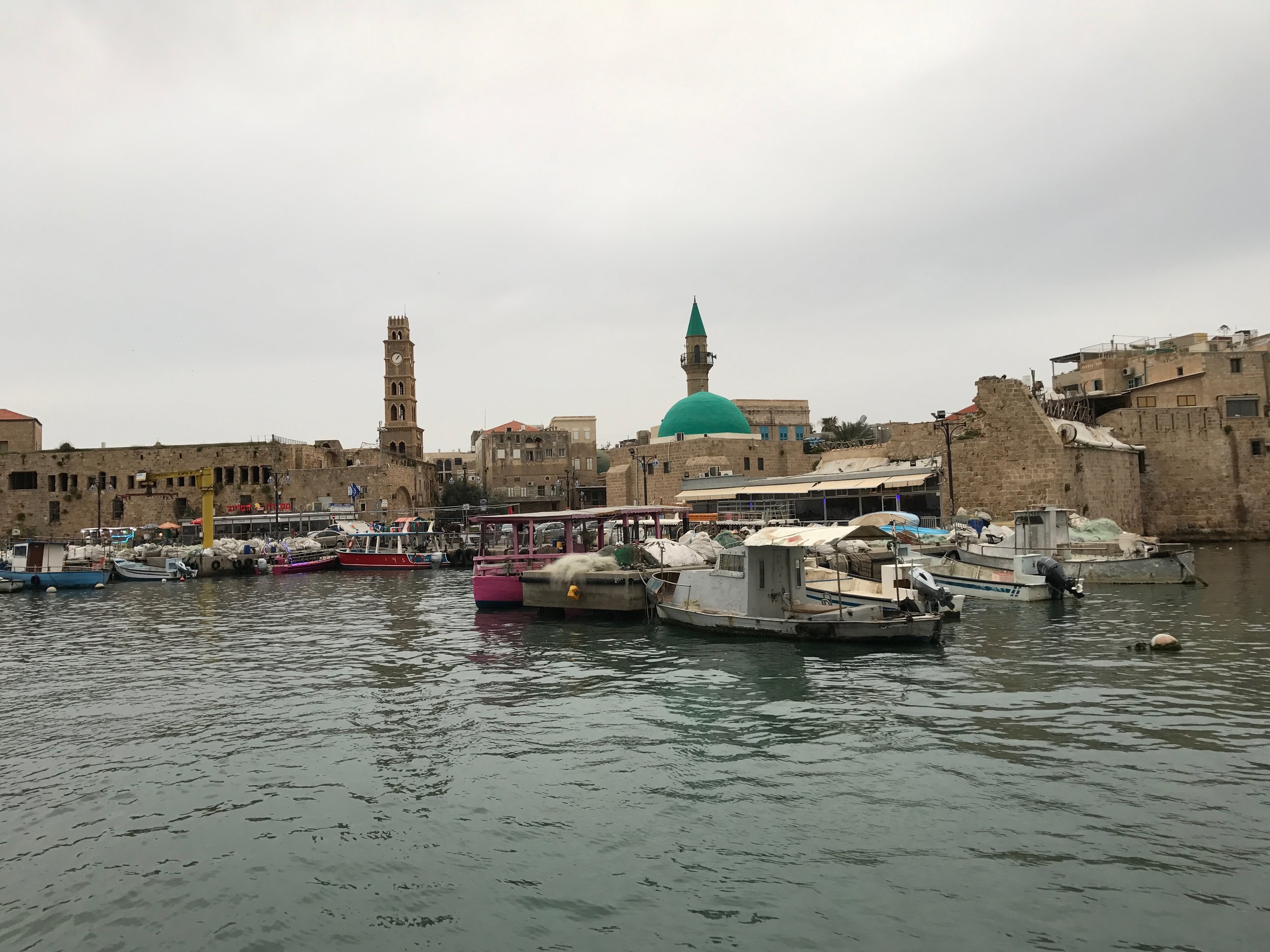
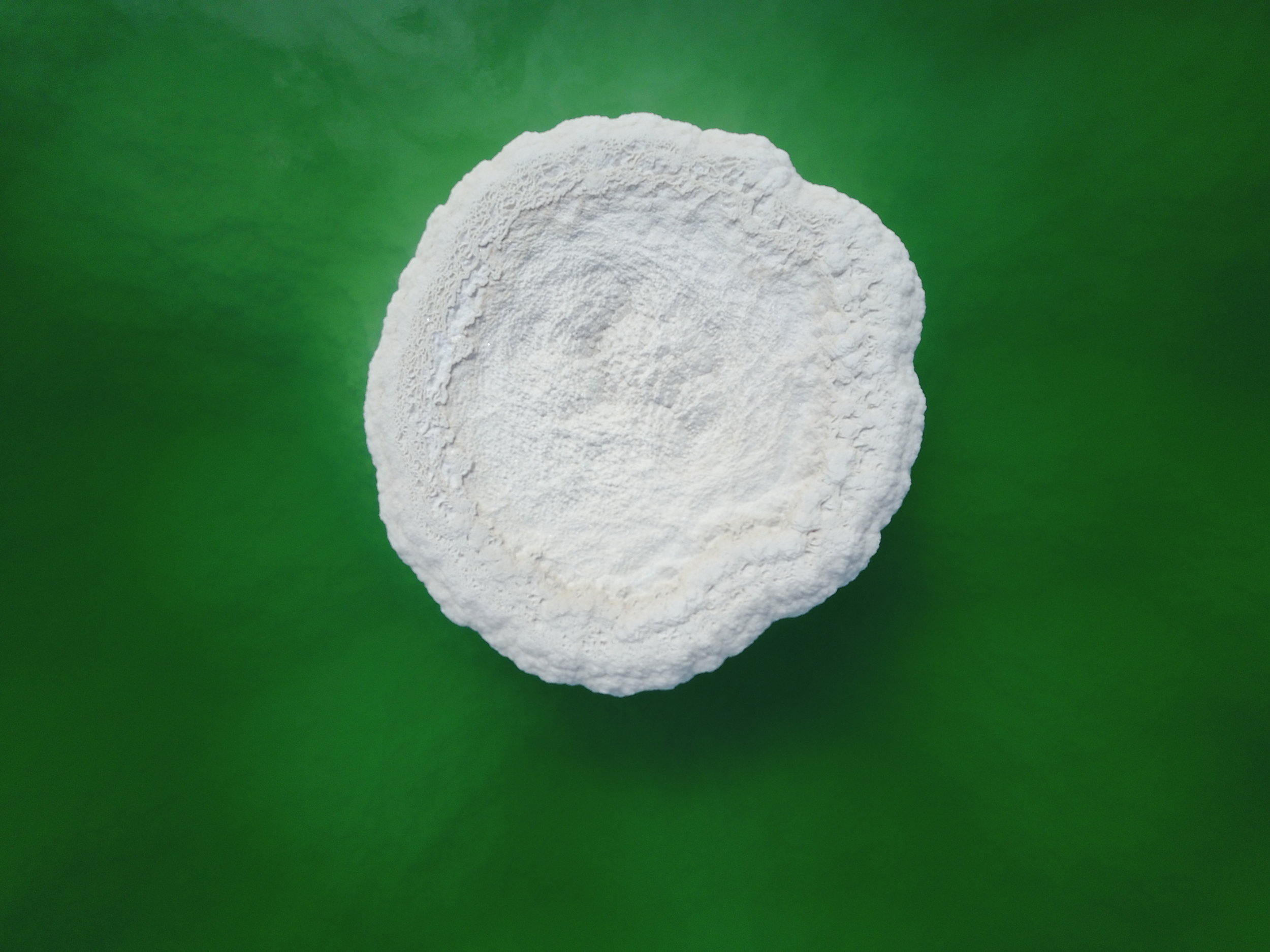
Israel Travel Maps
Tip: Download the maps on your smartphone as image. They can be used offline at any time.
Our travel video about Israel
What you will experience
- On your trip to Jerusalem, you will enjoy one of the most unique swimming experiences in the world: the Dead Sea is the deepest in the world, where you can float on water thanks to its high salt content.
- Holidays in Israel and Jerusalem tours must include a visit to Masada Fortress. Visitors can immerse themselves in the Jewish history that spans back to 73 AD, while enjoying a unique view of the Dead Sea.
- A trip to the oasis of En Gedi in the Negev desert is a journey in paradise. If you are lucky, you can spot cliff sloths and mountain goats in the nature reserve.
- There is tension in the historic city of Jerusalem: One of the world's most important but controversial holy sites is the Temple Mount which has a high religious status among Jews, Christians and Muslims alike.
- There is also the spiritual Via Dolorosa street. Jesus was believed to have walked this path before his crucifixion.
- Experience the excellent light show at the "Light Festival", which makes the historic walls of the old town shine like stars.
- Other Israel destinations include Bethlehem. On the one hand, the city houses important historical and religious sites such as the birthplace of Jesus, on the other hand, an eight metre high barrier separates Bethlehem from Jerusalem.
- Despite the political situation, visitors to Bethlehem experience an extraordinary hospitality and warmth.
- Explore the Sea of Galilee, one of the most important sites in the New Testament. The largest freshwater lake is said to be here as a backdrop for Jesus' famous sermon on the mount with his multiplication of bread and fish miracle.
- Close to the Syrian border, the other Israel destinations include Golan Heights with the impressive canyons, waterfalls and mountains offering a unique natural spectacle.
- The hanging gardens in Haifa comprise of 19 beautifully landscaped garden terraces and are considered a symbol of peace.
- In the historic port city of Akko, the Ottoman influence can still be felt to this day.
- Modern delicacies in a historic setting: In Jesus' hometown, Nazareth, you can indulge in the local cuisine.
- Jericho is the oldest city in the world and at the same time the lowest city on earth.
- On the old six-day war fortress at Merom Golan, you will gain important insights into the recent history of the region and also Syria.
- Snorkeling and diving experience: In the Red Sea at Eilat, visitors can simultaneously see Israelll, Jordan, Egypt and Saudi Arabia.
Day 1: Tel Aviv-Jaffa
Modern architecture, exuberant festivals and the seat of the Israeli Stock Exchange: Tel Aviv is considered the city that has most adapted to a western way of life. Founded in 1909, the city is one of the country's younger communities. An interesting contrast to this is the neighbouring port city of Jaffa, which is several thousand years old. Both cities were merged in 1950, thus forming Tel Aviv-Jaffa. Spend a day to absorb the urban flair of this vibrant metropolis.
An enjoyable day in Tel Aviv-Jaffa starts with a full breakfast at Manta Ray beach. Then, stroll through the historic city of Jaffa and later explore the White City district in Tel Aviv, a UNESCO World Heritage Site. Around the Rothschild Boulevard you'll find thousands of Bauhaus-style buildings. The Carmel Market and the Museum of Art are also worth a visit.
If you have time, head to the beach. This is probably the most popular destination for locals and tourists. Stroll along the beach promenade, take a dip in the Mediterranean Sea or let the sun create a luxurious tan on your skin.
Restaurant Tips: Orna and Ella, Port Sa'id Catit, Miznon, and North Abraxas
Day 2: Bahai Gardens and Akko
On the second day of your trip to Israel, head north in the morning to visit Haifa and Akko. The most striking part in the port city of Haifa are the Bahai Gardens, which extend on the slopes of Mount Carmel via 19 terraced terraces. Amidst the hanging gardens is the shrine of Bab with its golden dome shining in the sun. If you want to see the mausoleum and the artificially landscaped gardens up close, you can take a 45-minute guided tour. Otherwise, there is no access. However, if you visit the balcony at the top park entrance, you can look at the gardens, which are considered a symbol of peace. Here you will have a wonderful view over Haifa, the harbour and the Mediterranean Sea.
Afterwards, visit the historic city of Akko, which lies north of Haifa on a picturesque peninsula. The architectural influences from the Ottoman Empire era are particularly evident here. The first thing you should do is take a boat ride around the peninsula to get a first look at Akko. Then dedicate an hour or two to stroll through the old town. Visit the imposing fortress and the Burj el-Kummander tower. Since more Muslims than Jews live in the Old Town, Akko is still strongly influenced by the Middle East today. Listen to Arabic music in the narrow streets, smell the intense spices and watch the vibrant Arabic culture and enjoy the rest of your tours to Israel.
We recommend that you travel from Akko towards the Sea of Galilee on the evening of the second day of your holidays in Israel. This will give you time to explore the area the next day.
Day 3: Sea of Galilee and Golan Heights
The Sea of Galilee is the largest freshwater lake. Thanks to the Bible, it became famous worldwide as Jesus is said to have performed many miracles here. He allegedly not only kept his Sermon on the Mount of Beatitudes on the north shore, but also ran across the water and performed the miraculous multiplication of bread and fish. Embark on a wonderful journey around the mystical waters. Climb up the Mount of Beatitudes, which is crowned by a church and a lovely garden. The whole region is especially attractive in March. The wildflowers, daffodils, and poppies in the meadows and slopes turn into a sea of lowers.
Afterwards, drive to the Golan Heights. The basaltic plateau is of volcanic origin and borders the Sea of alilee. Golan Heights became known through the Six-Day war in 1967, with the former Syrian territory being annexed by Israel. Tourists can visit the kibbutz Merom Golan. Its fortifications, bunkers and trenches provide an important insight into the eventful history of the region. Due to its proximity to the Syrian border, visitors often see tanks and soldiers standing guard.
Nazareth
If you are going on a Jerusalem trip in the afternoon, stop over in Nazareth. Jesus is believed to have grown up here. Follow in his footsteps and visit the Annunciation Basilica. If you don't have enough time, at least have dinner in Nazareth. The city is considered the heart of the Israeli restaurant scene and is best known for its exceptional East-West fusion cuisine. European dishes are enriched with Middle Eastern spices and served with Arabian hospitality. Many types of gourmets including the local hummus are served in the restaurants.
Tip: The AlReda Restaurant, known for typical dishes from Nazareth, is located in a cosy old mansion. There are varieties of pizzas with a Middle Eastern twist as well as dishes with Okra, which is also called Ladies' Fingers.
Day 4 to 5: Old Jerusalem and Bethlehem
Jerusalem is a vibrant, millennia-old city full of culture and contradictions. This metropolis has so much to offer that every guest could permanently stay here. In order to get to know the most important sights and obtain all the relevant information, it is worth taking part in a guided tour at the beginning of your stay. We have compiled a list of the top ten historic sites for your Jerusalem trip to give you an overview in advance.
Jerusalem's top 10 things to see
- Dome of the Rock and the Wailing Wall
- Holy Sepulcher Church
- Via Dolorosa: The path Jesus walked before his crucifixion. Processions take place several times a day.
- Tower of David: The historic fortress is always worth a visit, especially during the "Light Festival".
- Walk between Jaffa Gate and Damascus Gate: The route offers particularly beautiful photo opportunities.
- Mahane Yehuda market: locals and tourists love this contrasting area. During the day a market takes place here, whereas at night bars and pubs open.
- Mount of Olives: From the top of the mountain, visitors can enjoy one of the best views of the city and the Dome of the Rock.
- Maria Magdalena Church: The Russian Orthodox Church with the golden domes makes a pretty photo opportunity from the outside. Only members of the confession can enter.
- Mount Zion
- Cenacle
Restaurant Recommendation
The kosher restaurant "The Eucalyptus" probably serves the best food. The Iraqi owner and chef, Moshe Basson, started a small bakery and then expanded his business and created the city's most popular restaurant. He enchants his guests with hospitality and unusual taste sensations.
All hungry guests are supplied with menus. The huge portions are more than enough - we stopped counting after the tenth one. It serves local dishes and spices from the region. Most ingredients are bought from the market.
The restaurant is located below the Jaffators. The 80-metre-wide border between Jordan and the Israeli side was once upon a time a no-man's-land.
Owner and chef Moshe Basson
West Bank - Bethlehem
The Church of Nativity in Bethlehem is a veritable magnet for visitors. In the basement of this unique church is a star-shaped glass window on the floor. Whoever looks through the glass will see the place where Virgin Mary gave birth to Jesus.
But the city is not only an important biblical setting, but also the place of a draconian present. Israelis have completely walled Bethlehem, carrying out intensive checks and banning Palestinians from entering the country. German tourists often feel reminded of the GDR and Berlin Wall. Palestinian locals are only allowed to leave the country via Jordan. But here, they are controlled and partly prevented from leaving the country by the Israelis.
Palestinian people are very hospitable and welcoming. In our hotel, for example, an employee asked us about our daily schedule. He spontaneously decided to join us and led us through Bethlehem for over three hours. The Palestinian man refused our tip in the end - he regarded his personal guidance as a gift to us.
To grasp the extent of the situation, it is best to take a walk along the wall. The Checkpoint 300 is a good starting point. Graffiti and street art adorn the wall today. They make the repellent wall construction look somewhat friendlier. Instead of complaining, the Palestinian people like to joke about the wall and claim they are refugees in their own country.
But they try not to lose the hope for reaching an agreement. Incidentally, the Guinness Book of Records chose "The Walled off Hotel" as the hotel with the ugliest view in the world, with its windows facing the wall.
Day 6 to 7: Dead Sea, Masada and En Gedi National Park
Dead Sea
The Dead Sea, at 428 metres below sea level, is the deepest place on earth. A visit is a unique experience and is an essential part of any Israel travel tour. The water is ten times as salty as regular seawater, giving it a higher density. Therefore, it carries the body over the water very well and swimmers feel weightless on the water.
Tip: Before you go into the water, you should lubricate your skin with mud. Then you can float on the water and / or take a hot sulfur bath in Mineral Beach or at En Gedi Spa.
There are four places on the Israeli side where you can easily travel to the beach and its Dead Sea:
- Kalia
- Mineral Beach (north of En Gedi)
- En Gedi
- En Boqeq
Visitors coming from Jerusalemmm can reach Kalia within just 30 minutes. The shore is muddy here, so guests can swim without any problems.
In En Gedi there is the En Gedi Spa, a spa area with access to the beach and the Dead Sea. At the spa, guests can borrow towels, buy slippers and similar products, and use the showers. In addition, a shuttle service to the beach is offered. The shore is in En Gedi, but there is a muddy area on the beach where you can treat your body before a swim.
The most important basic equipment for the trip to the Dead Sea:
- Sandals or flip flops
- Suncream
- Sunglasses
- Swimwear
- Towel
You should never visit the Dead Sea without flip flops or sandals. The salt crust on the ground that you find in En Gedi, for example, is incredibly rough and sharp. That's why running on it is painful.
At muddy swimming entrances like in Kalia flip flops won't be needed.
Also make sure that the salty water does not come into contact with the eyes as it will burn them.
You should pay attention to the following:
- Do not shave the day before
- The salt water burns by making small cuts and scratches
- Do not spend more than 10 to 15 minutes in the water, otherwise your skin will burn
- Tip for the ladies: Cover your hair as the salty water will dry it out
- Take enough drinking water
- Photo tip: Float comfortably on the Dead Sea whilst reading a book
- After your swim, apply some body lotion to moisturise your skin
En Gedi National Park
En Gedi has already been described in the Bible as paradise. In the green oasis in the middle of the Negev desert you will not only see rushing waterfalls and deep valleys, but also Palestine mountain goats, rock slate and Nubian ibex.
Highlights of En Gedi National Park:
- David's Waterfall
- Arugot Stream: A hiking trail towards a hidden waterfall and natural pool basin runs along the stream.
- En Gedi Spring: The spring is located in the mountains, surrounded by a rich species of vegetation and an old flour mill.
- Dudim Cave: a cave near David's Waterfall
- Tel Goren: ruins of an old settlement
- En Gedi Ascent: The climb consists of five steep paths that lead up to the Judean Desert Plateau. Here you can enjoy a wonderful view.
- Chalcolithic Temple: Ruins of an ancient temple nearby
- Dry Canyon: Gorge with impressive views of the Window Waterfall
Tip: During the hot summer months, pack your bathing suit and cool off in the natural pool
Masada
In the southwest of the Dead Sea rises a monumental Table Mountain with steep slopes. It houses the former Jewish fortress Masada. Visitors can reach there either on foot or by aerial cable car.
Tip: Enjoy the sunrise on the fortress overlooking the Dead Sea.
If you want to be at the fortress at sunrise, you will have to hike. The Masada track opens later in the day.
The fortress bears witness to a tragic past: It was the settlement of Jewish families in 70 AD when the Romans occupied Jerusalem Israel. Later, the Romans also wanted to conquer Masada. The residents were asked the question: will you become slaves or do you want to be free? They chose freedom and death. Ten men were selected for the difficult task of killing all 1000 residents. One of these men then had to murder the remaining nine and then himself. Previously, the fortress and all its treasures were set on fire so nothing was left for the Romans.
Day 8: Red Sea - Eilat
If you want to travel to Jordan's city of Petra and the Wadi Rum desert, you can plan a relaxing stopover in Eilat on the Red Sea.
Between Masada at the Dead Sea and Eilat lie about 220 kilometres. If you do not want to travel then you should think twice about whether it would be worthwhile taking a detour via Eilat.
The touristy region offers snorkelers and divers the best conditions. Parasailers, surfers and other water sports enthusiasts will also get their money's worth here. With a bit of luck, visitors to the Dolphin Reef Eilat can even see the dolphins.
Eilat is located on the Gulf of Aqaba, which is characterised by a geographical uniqueness: it borders four countries, Israelll, Jordan, Egypt and Saudi Arabia.
Tip: If you want to save money, go diving and / or snorkeling on the Jordanian side.
Good to know
- No visa required
- Israelis consider themselves Europeans, which is why Europeans do not need a visa. For other countries, such as the US, there is a visa requirement.
- Israel can be visited with a temporary passport without problems.
- Israel's local currency is Shekel (NIS), Jordan's currency is the Jordanian Dinar (JOD), which can also be used in the West Bank, and in the Gaza Strip, the Egyptian Pound (EGP) is used. One euro is equivalent to around four NIS.
- Hebrew and Arabic are spoken in this holy land. Many people also speak English.
- Time difference: +1 hour
- Shabbat
Shabbat, in the Jewish faith, is the seventh day of the week and is a rest day. Shabbat begins on Friday evening at sunset and ends 25 hours later on Saturday. The Jewish faith takes this day of rest very seriously. That's why all the Jewish restaurants, grocery stores and shops close at sunset on Fridays. In addition, there will be no public transport and even driving is forbidden for believers. If travelling by car, you must be careful not to get into any "Shabbat roadblock". If you ignore the Israel travel safety and driving rules, you can be cautioned with a traffic ticket. However, tourists can benefit from the rest day: many goods and services cost less on Shabbat.



